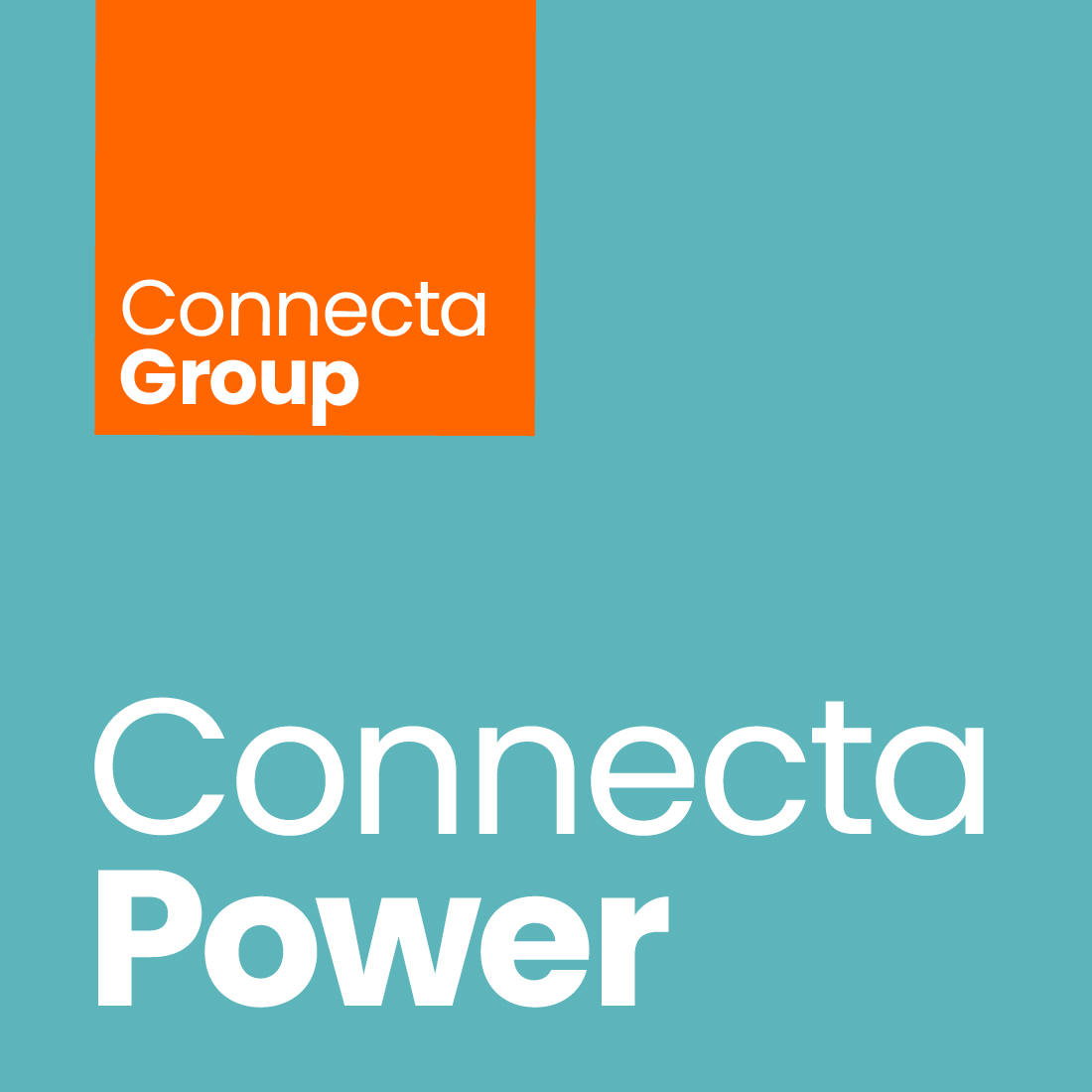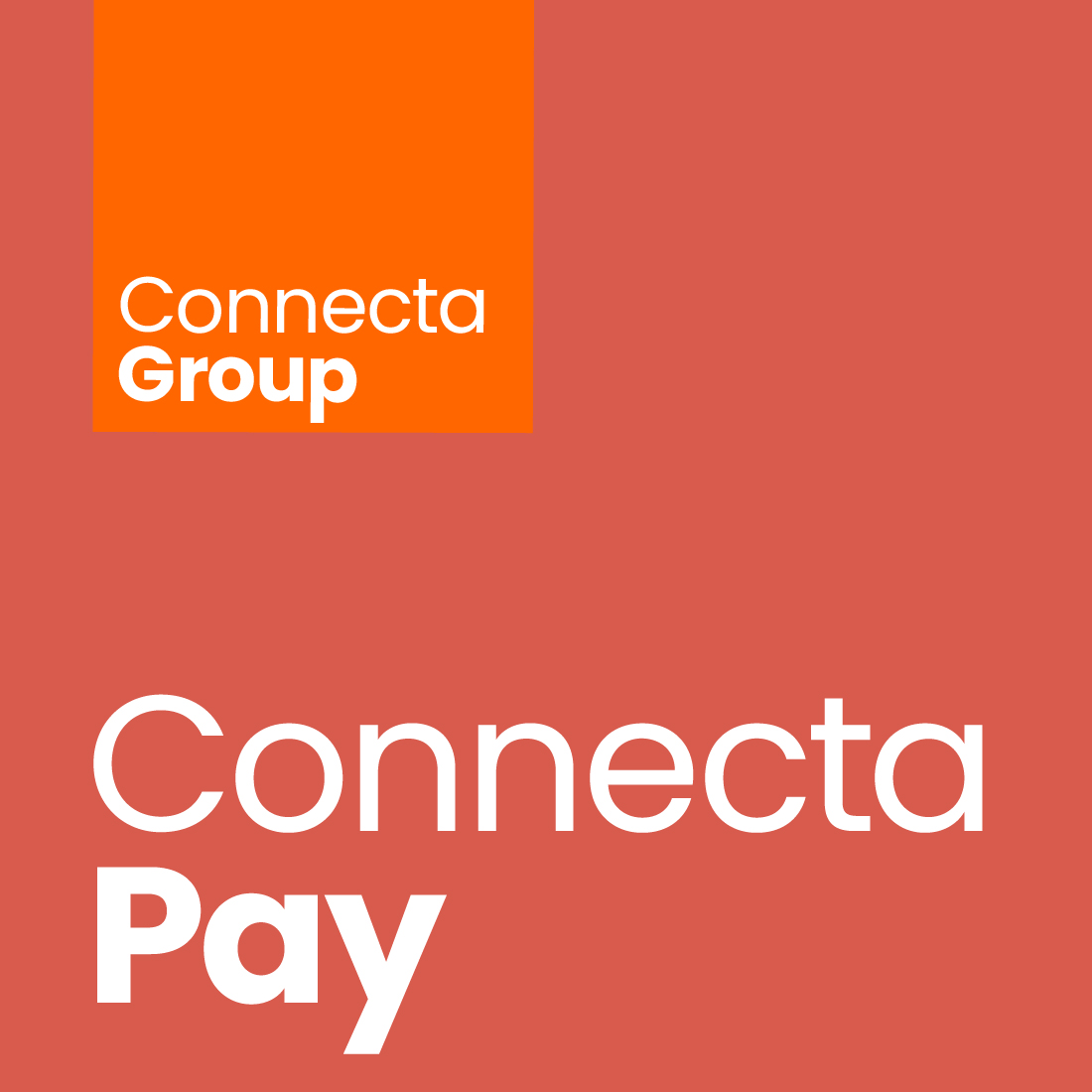
The differences between copper and fibre connectivity
There’s a new need for speed in business. After the pandemic, more businesses are adopting data-hungry services like video conferencing and unified communications.
They’re equipping a new generation of remote and hybrid workers with cloud services that can be accessed from anywhere, and from any device. They’re increasingly relying on virtual sales and marketing, and fast, smooth e-commerce operations.
And then, of course, there’s the ISDN switch off. In 2025 all businesses will be moved to internet-based telephony, whether they want to be or not. Voice traffic will share the same line as all other online data.
That need for speed and bandwidth is making many businesses rethink their connectivity solution, and with good reason. The more we rely on being online, the less we can afford frozen video and voice calls, frustratingly slow file downloads and everyday operations grinding to a halt.
Many businesses that haven’t already done so are considering upgrading from a copper to a fibre internet connection. With that in mind, here’s what you need to know.
A copper conundrum
The difference between fibre and copper internet isn’t theoretical – it’s very much physical.
Standard internet – also known as ADSL – sends data across the copper telephone network, from your premises all the way to the internet, or vice versa.
The fact is, ADSL is slowly being phased out, even though many providers still offer it, and too many small businesses still rely on it. It’s a bit like the ISDN of connectivity solutions. It was great once, but it’s becoming increasingly obsolete as technology advances.
The problem with ADSL is that, by modern standards, it’s too slow. You’ll get an absolute maximum download speed of around 20Mbps, but most businesses won’t achieve that, or at least not often.
That speed was fine a decade ago. But business needs have moved on.
Copper is also a bit unreliable. The network is ageing, creaky, and individual connections can be disrupted by the weather and other factors. And the further away you are from your local street cabinet, the slower and less stable your connection will be.
The benefits of fibre
The alternative to copper is fibre. Most small businesses currently on ADSL connections are being urged to upgrade to hybrid FTTC (Fibre to the Cabinet). There is another option – full fibre – but it’s not available everywhere and many small businesses won’t need the extra speed, or the extra expense.
So FTTC is now the connectivity solution of choice for even the smallest businesses. FTTC transfers your data across fibre optic cables from the internet to your local street cabinet, hopping onto copper wire for just the last bit of the journey to your premises. Fibre is much quicker than copper, with FTTC promising download speeds of up to 80Mbps.
It’s also more reliable. As a general rule, the more fibre your connectivity contains, the more robust it is. So full fibre is the most reliable (as well as the quickest) and copper the least. FTTC is somewhere in the middle.
Like ADSL, FTTC speeds can slow down the further from the street cabinet you are, but you’ve got higher speeds to play with in the first place so it will have less impact on your business.
Want to know more about the 2025 switch off and how to prepare for it?
Creating better businesses with connectivity
For many small businesses, arguments around the physical make-up of their internet connection can seem a little abstract. As can talk of megabits per second.
But what shouldn’t be abstract is the effect faster, more reliable connectivity can have on your business.
Without good connectivity, small businesses can no longer keep up with competitors, because they can’t adopt the kind of services that make day-to-day operations more efficient and employees more productive.
To some extent, all businesses are undergoing digital transformation. They’re investing in more cloud services, for communication and also for back-office functions like accounting, payments, invoicing and customer relationship management.
They’re using these services because they’re simply better than the office-based tools they were using before.
At the same time, small businesses are moving with the times and offering fast, smooth e-commerce experiences that have customers coming back again and again. They’re offering those customers multichannel communications and slick online after sales service.
And it all comes down to connectivity. If your internet connection isn’t fast or reliable enough, you can’t have confidence in a digital-first future. Here’s a summary of the benefits of FTTC over ADSL:
- Digital transformation.
FTTC gives small businesses the bandwidth they need to experiment with a new generation of digital services. - Cloud adoption.
More and more of your business-critical data and applications are hosted in the cloud (think Office 365, G-Suite, QuickBooks, Salesforce). FTTC lets you adopt a range of business-enhancing cloud solutions. - Unified Communications and hosted voice.
FTTC allows you to revolutionise your business communications with UC and the ‘work anywhere, anytime’ benefits of hosted voice. - Simultaneous use.
With FTTC you can have more employees online at the same time, without any slowdown of services.
Perhaps most importantly, FTTC prepares you for the ISDN switch off, by giving you the bandwidth you need for a smooth transition to all-IP telephony.
While most connections can handle basic VoIP calls, it’s also true that the better your connectivity, the more simultaneous VoIP calls you can make and the more advanced features your solution can support.
In other words, you can’t really think about the ISDN switch off without thinking about your connectivity too. Is it fit for purpose? Is it future proof? If you’re still on an all-copper connection, the answer to these questions is almost certainly ‘no’, and our new guide will help you identify what you’ll need to do, before 2025 comes around!
Or, you can learn more about your connectivity options and what ConnectaPhone can do for you, by getting in touch with our friendly team on 01732 449 000 or booking a call at a time that’s convenient for you.
Email: hello@connectaphone.uk.com
65a, London Road, Sevenoaks, Kent, TN13 1AU.
© 2021 Connectaphone T/A Connectagroup
Registered in the UK No. 02454540
VAT No. 565 3626 25




